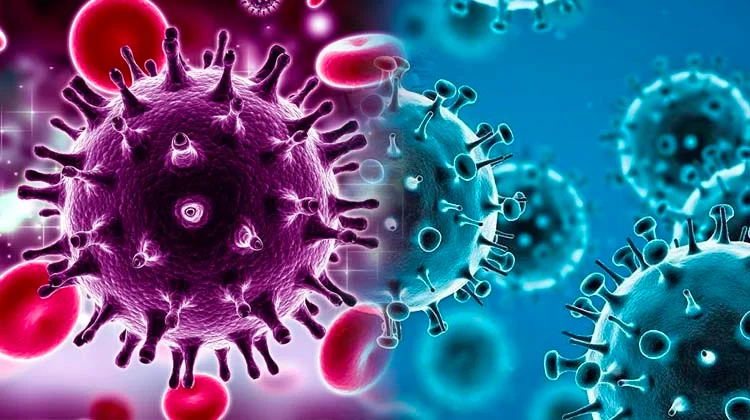In August, Karnataka Health Minister K Sudhakar told the Legislative Council that India was likely to see a fourth wave of the pandemic, citing reports of Omicron’s BA.2 sub-lineage fueling a Covid rise in various East and Southeast Asian and European countries.
Sudhakar later told reporters that a mathematical model developed by Kanpur’s Indian Institute of Technology indicated a fourth wave in August.
“With the experience of the previous three waves, we are prepared to face any situation.” Our health-care infrastructure has been improved, and our vaccination campaign is unprecedented. Even individuals over the age of 12 are increasingly getting vaccinated. He stated the strain BA.2 was initially discovered in the Philippines and has now spread to 40 nations.
“Covid-appropriate behaviour should be maintained till the WHO announces that Covid is gone,” Sudhakar said when asked if the government would reimpose strict controls. We’ll meet with the technical advisory group to get a better understanding of the problem.”
The size of the projected wave in July-August, according to Dr. CN Manjunath, a member of the clinical expert group, is unknown.
“We must be watchful and increase international passenger surveillance at the proper time.” We’ve learned a lot from the first three waves and are now better prepared for the fourth. Despite the fact that 90% of the population has been vaccinated, one must remain watchful. Surveillance and prudence should be maintained indoors, according to the expert committee’s advice. “Genome sequencing is essential for finding novel variations,” he said.
Last month, a specific genome sequencing drive revealed that Omicron made up 89.6% of the samples, while Delta and sub-lineages made up 10%. BA.2 strains made up 99.1% of the Omicron variants found.







